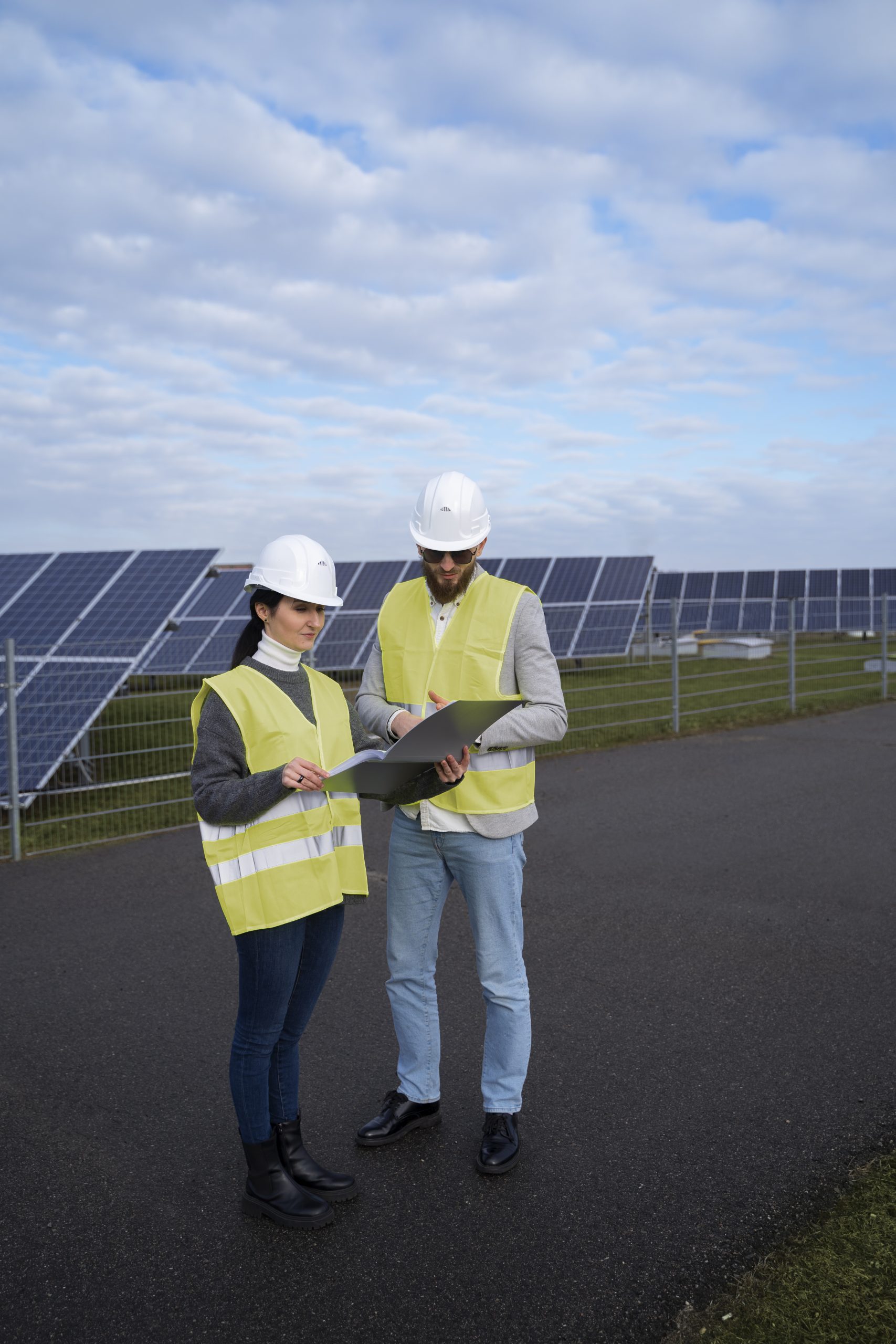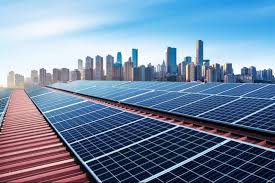Solar energy is the cleanest, most abundant renewable resource available to us in 2025. It’s generated using sunlight captured through photovoltaic (PV) panels or solar thermal systems. With increasing electricity prices and global warming concerns, the demand for solar energy is accelerating fast. In fact, a recent U.S. Energy Information Administration (EIA) report states that solar energy now contributes over 21% of total new energy installations in the U.S. This surge reflects how governments and homeowners prioritize clean, sustainable power. Moreover, improved solar technology has lowered installation costs, making it accessible to the average consumer. Transitioning to solar also supports carbon neutrality goals, which is vital in reducing climate change risks. As utility bills rise, solar offers long-term savings and grid independence. Therefore, embracing solar energy in 2025 isn’t just smart—it’s necessary. It empowers homes, supports jobs, and protects the planet.
The Rising Popularity of Solar Energy Systems
Why Households Are Choosing Solar Over Traditional Power
Across the globe, solar energy is becoming a top household investment in 2025. Why? First, solar panels provide energy independence by reducing reliance on fluctuating utility companies. Second, many governments now offer rebates, making installation costs more manageable. For example, the U.S. federal solar tax credit covers up to 30% of installation costs, significantly lowering entry barriers. In addition, more homes are pairing solar with battery storage, allowing energy use during night hours or outages. This enhances reliability and self-sufficiency. Solar panels also increase property value. A Zillow study shows homes with solar sell for 4.1% more than those without. Another key factor is rising awareness about carbon footprints. People want to live more sustainably, and solar systems help meet that goal easily. When combined with smart inverters and app-based monitoring, homeowners can track energy use in real-time—boosting both efficiency and savings.
Cost of Solar Energy in 2025: Is It Still Worth It?
Breaking Down the Investment, Incentives, and Payback Period
In 2025, solar energy is more affordable than ever thanks to technological advances and government subsidies. The average cost to install a residential solar system ranges from $12,000 to $18,000 before incentives. That said, when federal and state rebates are applied, the price often drops below $10,000. Over 25 years—the average lifespan of panels—this investment can save homeowners $30,000 or more in electricity bills. Net metering policies also allow homeowners to sell unused energy back to the grid, further reducing costs. Most systems break even within 6 to 8 years, after which electricity becomes virtually free. Monthly financing plans with zero down payment are also common, making solar accessible to renters and low-income families. When calculating total return on investment, solar outperforms traditional electricity by a wide margin. Overall, the financial case for solar energy in 2025 is compelling, practical, and future-focused.

Top Benefits of Solar Energy for Homeowners and Businesses
How Going Solar Changes More Than Just Your Energy Bill
The benefits of solar energy go far beyond simple cost savings. First, it offers energy independence, which is essential in regions prone to blackouts or natural disasters. Second, it significantly lowers your carbon footprint. A single home solar system offsets over 100,000 pounds of CO₂ during its lifetime. Third, solar energy reduces long-term operational costs for businesses, freeing up capital for growth. Additionally, it creates local jobs. According to SEIA (Solar Energy Industries Association), the industry now employs over 300,000 Americans and continues expanding. Fourth, solar systems are low-maintenance, requiring only periodic cleaning and occasional inverter checks. Fifth, for eco-conscious consumers, solar supports sustainable living goals and aligns with environmental social governance (ESG) trends. These systems also integrate well with EV charging stations, smart home tools, and green building certifications. By switching to solar, both homeowners and companies enjoy financial, environmental, and operational advantages.
Technological Innovations Driving Solar Energy in 2025
New Advancements That Are Changing the Solar Landscape
Innovation is driving solar energy forward faster than ever before. In 2025, we now see bifacial panels, which capture sunlight from both sides, increasing efficiency by up to 20%. Similarly, solar tiles are gaining ground. Unlike bulky panels, they blend seamlessly into rooftops while providing full energy output. Additionally, perovskite solar cells are nearing commercial use. These offer cheaper production and higher efficiency rates compared to traditional silicon-based models. AI-powered solar tracking systems help panels adjust to the sun’s angle, further optimizing energy collection. There’s also been progress in wireless solar transmission, which might allow power sharing across long distances. Home battery technology, such as Tesla Powerwall and LG Chem, has improved dramatically, allowing 24/7 energy use. Solar software platforms now offer real-time analytics, predictive maintenance alerts, and smart-grid integration. These tools make solar systems smarter, safer, and more reliable than ever before.
Solar Energy and Government Support: What You Need to Know
2025 Policies and Incentives That Make Solar More Accessible
Governments worldwide are actively promoting solar adoption in 2025. In the U.S., the Investment Tax Credit (ITC) allows homeowners and businesses to deduct 30% of solar costs from federal taxes. Many states offer additional incentives like property tax exemptions, solar renewable energy credits (SRECs), and performance-based incentives (PBIs). For instance, California’s Self-Generation Incentive Program (SGIP) supports both solar panels and battery installations. Globally, countries like Germany, India, and Australia have implemented solar subsidies and feed-in tariffs to drive adoption. The U.S. Department of Energy continues to fund research and development, making solar systems more efficient and affordable. Community solar programs also allow people without suitable roofs to participate in shared solar farms. For renters or apartment dwellers, this opens a new path to renewable energy.
FAQ: Top 5 Questions About Solar Energy in 2025
1. Is solar energy still worth it in 2025?
Yes, solar energy remains a smart choice due to lower costs, strong incentives, and long-term savings.
2. How long does a solar panel system last?
Most modern solar systems last 25 to 30 years with minimal maintenance required during that time.
3. Can solar panels work without sunlight?
They work best with sunlight, but many systems use batteries to store energy for cloudy days or nighttime use.
4. Do solar panels increase home value?
Yes, homes with solar typically sell faster and for more. A Zillow report notes a 4.1% increase in resale value.5. What are some new solar technologies in 2025?
Bifacial panels, solar roof tiles, AI-based trackers, and perovskite cells are major tech advancements this year.


